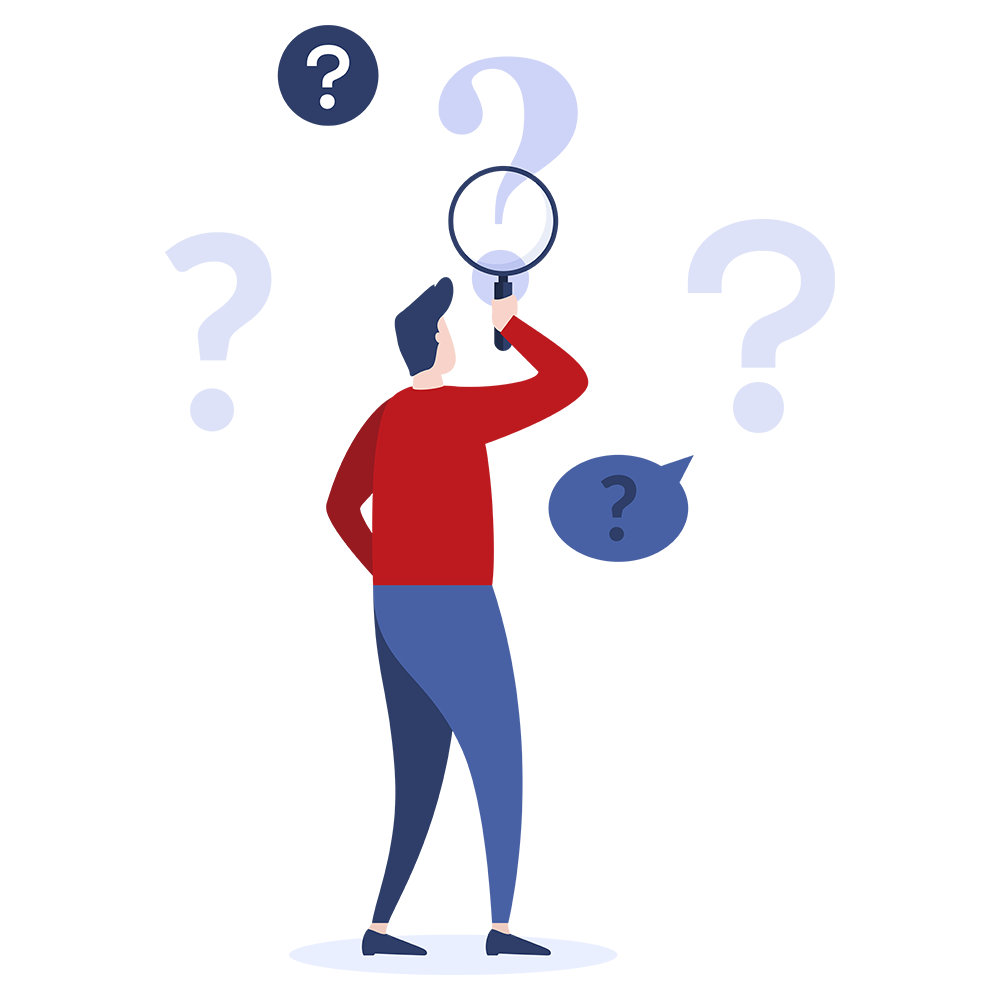What do Layer 1 errors indicate?
Layer 1 errors can be detected by using the Aculab tools sysdiag or CallLab, or by using the API function call_l1_stats(). Please see for further information.
The most common reasons for Layer 1 errors are:
- You are connecting an Aculab trunk to another device with a faulty cable. This can cause a number of Layer 1 errors, the most common being the NOS and/or LOS flags being non-zero.
- You are connecting the Aculab trunk to another device using the wrong type of cable. Check if you need a 'cross-over' or 'straight through' cable. If you are using a cross-over cable verify that it is a telephony cross-over cable. See 'What are the pin-outs of an Aculab RJ45 network line interface connector?' for the Aculab/RJ45 telephony pin-out. The NOS and LOS flags both being non-zero can indicate this error.
- You do not have the Aculab trunks connected to anything. The NOS and LOS flags both being non-zero can indicate this error.
- The Aculab trunk is a different impedance to the connection provided by an exchange.
- You have connected an E1 trunk to a T1 trunk. This is indicated by a non-zero LOS flag, frame slip errors, and a USR flag of 'F3'. If using Revision 2 PM, verify that you are not using E1 firmware when trying to connect to T1 or vice-versa. For example, do not attempt to connect to a T1 implementation of Q.SIG using E1 Q.SIG.
- Your Aculab card is using CRC4 (Cyclic redundancy checking) and your exchange is not. See question 'What is CRC4 checking and how can I turn it off?' for more about CRC4.
- If the 'Sliperrs' field is not zero, there is a clocking issue. This may occur when the Aculab card and an exchange are both trying to source a clock from each other or they are both attempting to drive (provide the clock reference) for one another.
